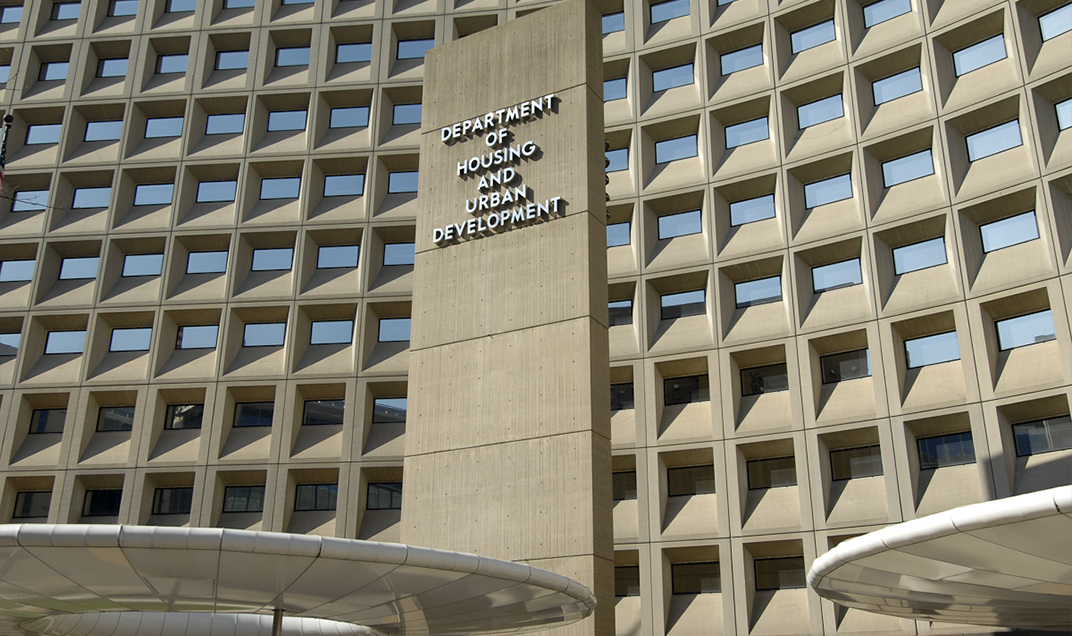U.S. Department of Housing & Urban Development (HUD) published its Annual Indexing of Basic Statutory Mortgage Limits for Multifamily Housing Programs and its Annual Revisions to Base City High Cost Percentage. The 2024 base statutory per-unit lending limits have increased 4.9% from 2023. The local high cost multiplier factor adjustments remained at 270% (2.7x) for all standard regions, with all such regions now eligible for the 315% (3.15x) multiplier waiver, and a few non-contiguous regions designated as a "Special Limit Area" now eligible for 405% (4.05x) multiplier adjustment factor.
The following are the published Basic Statutory Mortgage Limits for Calendar Year 2024 for Section 221(d)4 and 223(f) loan programs:
| Bedrooms | Non-elevator | Elevator |
| 0 | $64,666 | $69,853 |
| 1 | 73,409 | 80,080 |
| 2 | 88,733 | 97,379 |
| 3 | 111,374 | 125,974 |
| 4+ | 125,851 | 138,285 |
| Bedrooms | Non-elevator | Elevator |
| 0 | $64,979 | $75,792 |
| 1 | 71,980 | 83,980 |
| 2 | 85,980 | 102,976 |
| 3 | 105,977 | 128,972 |
| 4+ | 119,977 | 145,833 |
HUD insured loan programs offer long term, low interest rate financing for new construction and permanent financing for qualifying affordable housing and market rate apartment projects. The popular Section 221(d)4 and 223(f) multifamily loan programs offer loan amounts up to 85%-90% LTV / LTC (80% for cash-out refinances) supported by a 1.176x – 1.11x DSCR. However, loan proceeds available under these programs are subject to HUD’s statutory per unit lending limit caps. The statutory mortgage limits serve to limit HUD’s exposure to an individual project by capping loan proceeds on a per-unit basis.
This 4.9% increase in statutory lending limits from 2023, following last year's 8.3% increase from 2022, should continue to help HUD financing become more competitive and open up HUD financing as a viable option for more projects. Although historically most projects were unaffected, HUD’s statutory mortgage limits have recently become more relevant with the rise in construction costs and real estate values which otherwise support more debt under the HUD loan program. HUD’s statutory lending limits had previously not kept pace, as annual statutory limit adjustments are based only on increases in the Consumer Price Index, which had been below the real estate valuation and construction cost increases experienced in the market. Statutory lending limit waivers have also become more difficult to obtain based on updated guidance from HUD. For example, HUD statutory limit waivers are not considered for cash-out refinance transactions. With inflation slowing down and the rise in interest rates starting to cool real estate valuations, this 2024 statutory limit increase should help close the gap.
Additional details are provided in the formal published notices linked to above. Contact Us for more information and to learn more about HUD loan programs.
Interested in learning more about FHA's attractive loan programs?
Click to learn more!


